Chewing is a favorite activity for dogs and for the most part, pet owners love it too! Chewing is a natural activity for dogs. It can help keep their teeth healthy and their gums healthy. It is also a rewarding exercise that keeps your pet relaxed and happy.
However, chewing on the wrong things could be dangerous to your dog which can result in broken teeth, bleeding gums, constipation, or blockages of the intestinal tract that need surgery. These issues are not just painful (or in some cases, painful) and painful, but they could also lead to a huge vet cost.
Why do dogs chew?
Dogs love chewing. Sometimes, they chew for pleasure or to stimulate. Chewing is a great way to maintain the strength of your dog’s jaw and can even help cleanse their teeth (depending on what they’re eating).
Puppy chewing
In puppies chewing, it can be an effective way to alleviate the pain of teeth that are coming in (much as it is with infants). They are known for chewing everything from shoes to newspapers, however, they should be monitored and directed to more secure objects. If your puppy has a need to chew, offer them Kong toys such as teething sticks or dental chews for an alternative that is safer.
Adult dog chewing
Sometimes adult dogs will chew things that they shouldn’t. It’s a common occurrence that you can control by offering safe alternatives or ” puppy-proofing” your home (which is something you can do with your dog who is an adult as well!). Keep everything your dog chews away from your home. If they’re chewing furniture, consider hiring an instructor to help them to learn new behaviors. If you observe that they’re chewing their own bodies (paws or belly, legs or even their tail) It may be an indication of skin conditions that you should contact your veterinarian.
8 Dangerous items dog chew
These items might appear innocent but could harm your pet (and your financial budget) harm.
1. Ice
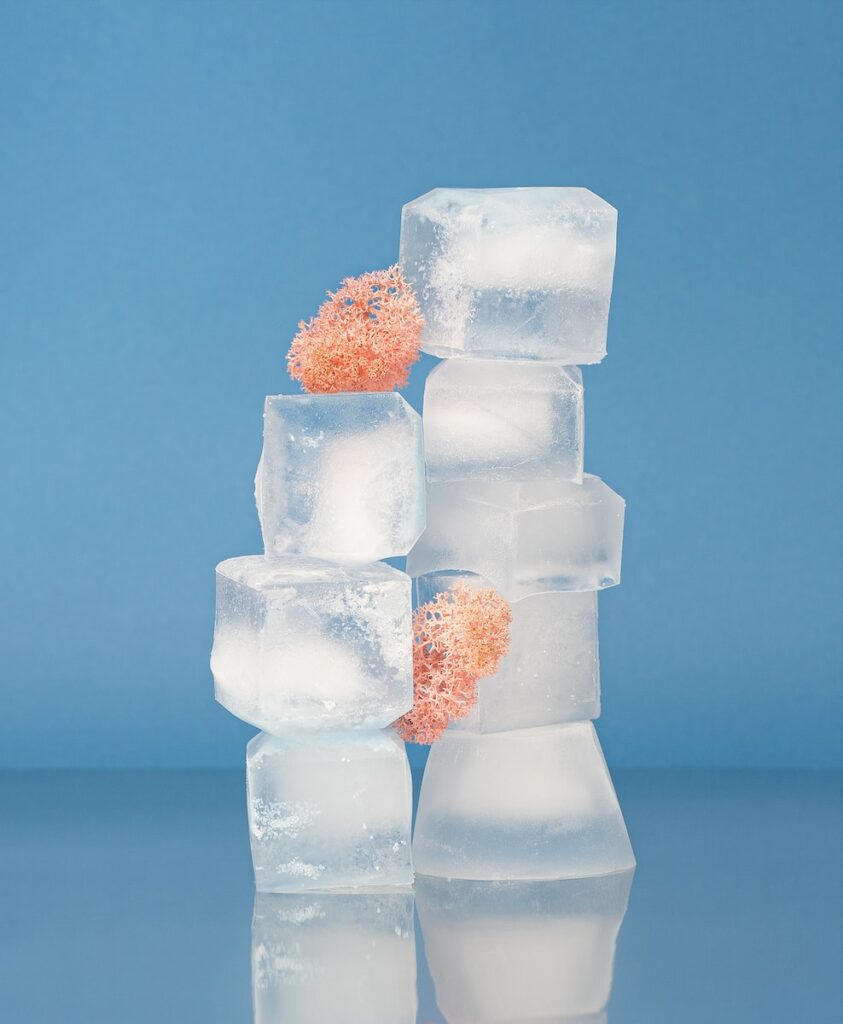
Looking to grab a frozen treat, many dogs run when they hear the refrigerator’s ice maker. However, chewing on ice can wear down the tooth enamel (the tooth’s protective cover). Ice cubes can be even more harmful to small dogs since they could be a source of irritation or cause tooth fractures. three.
2. Sticks and Wood
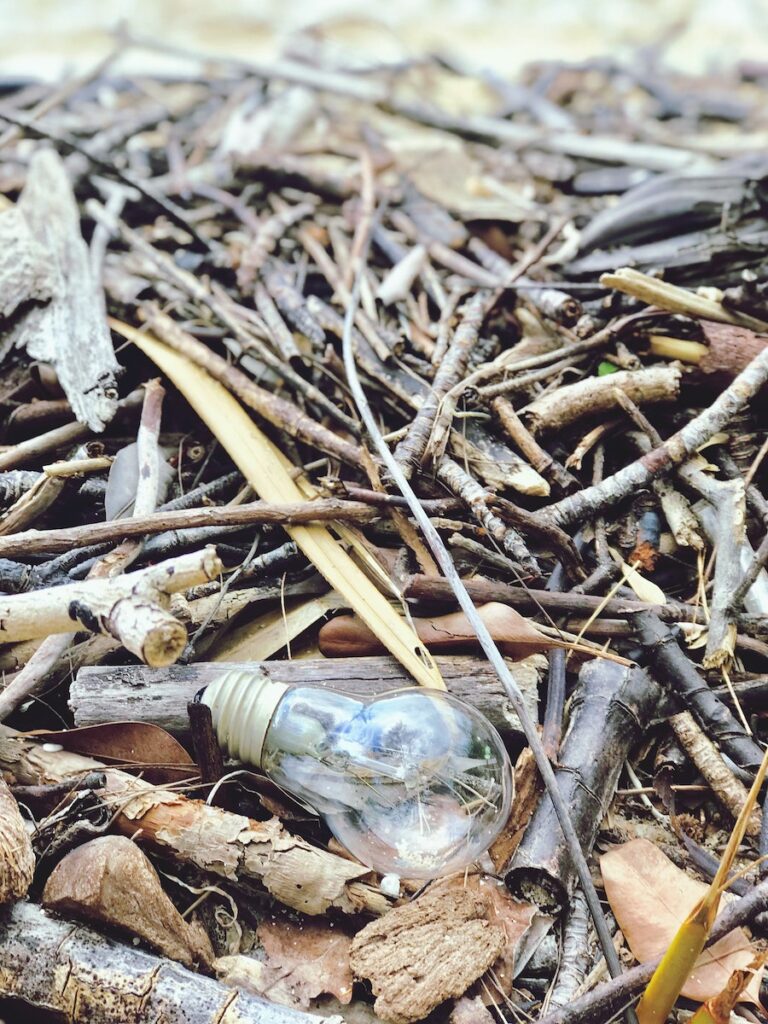
Playing with fetch is perhaps a famous activity you can engage in with your dog outdoors. A lot of dog owners throw sticks at their pets at the park or during strolls. The issue with throwing wooden sticks and sticks is lots of dogs will use them as toys and lots of dogs will start chewing on sticks. Wood is easily splintered when chewed, and shards of wood can get stuck in the mouth of a dog, causing an infection. If pieces of wood are swallowed they can cause obstruction in the intestines.
Sticks can cause serious and painful wounds. After they are splintered the sticks may puncture the dog’s eyes, mouth as well as throat, abdomen, and even heart. They may get stuck in the throat, which can cause the dog to choke or even get trapped in your digestive tract causing intestinal obstructions. 2
3. Rocks
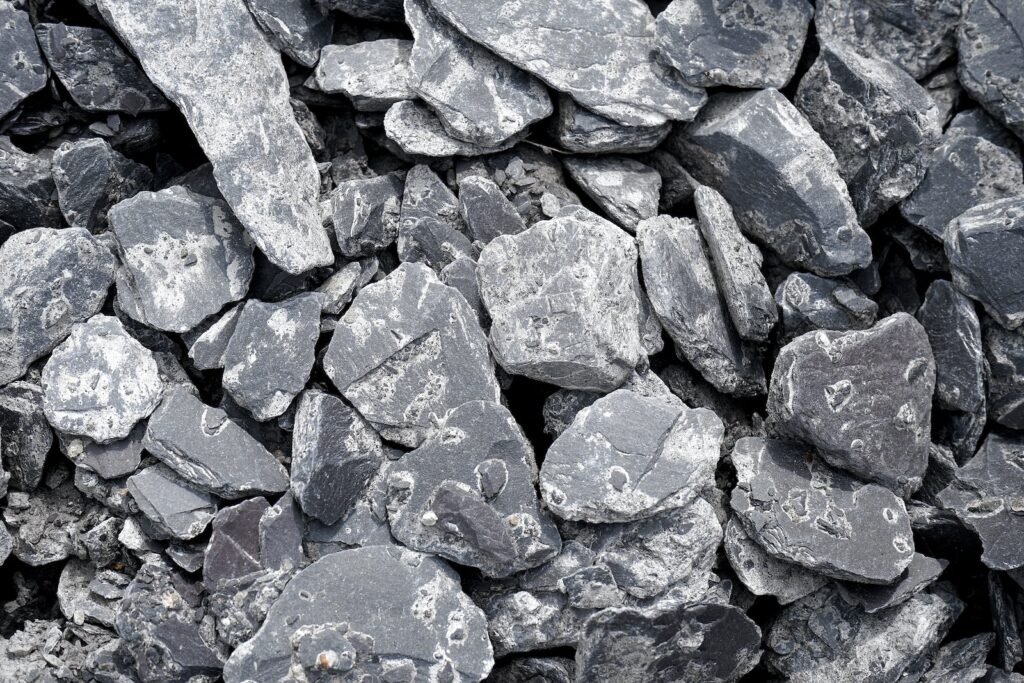
Rocks are often used by dogs to play with whenever they’re feeling bored. Also, if a particular rock contains food particles (for instance, rocks that are near an outdoor grill) dogs could try to swallow the rocks believing it’s food. The rocks can create a choke in your dog or create an intestinal obstruction that requires surgery to repair.
4. Bones, Hooves, and Antlers
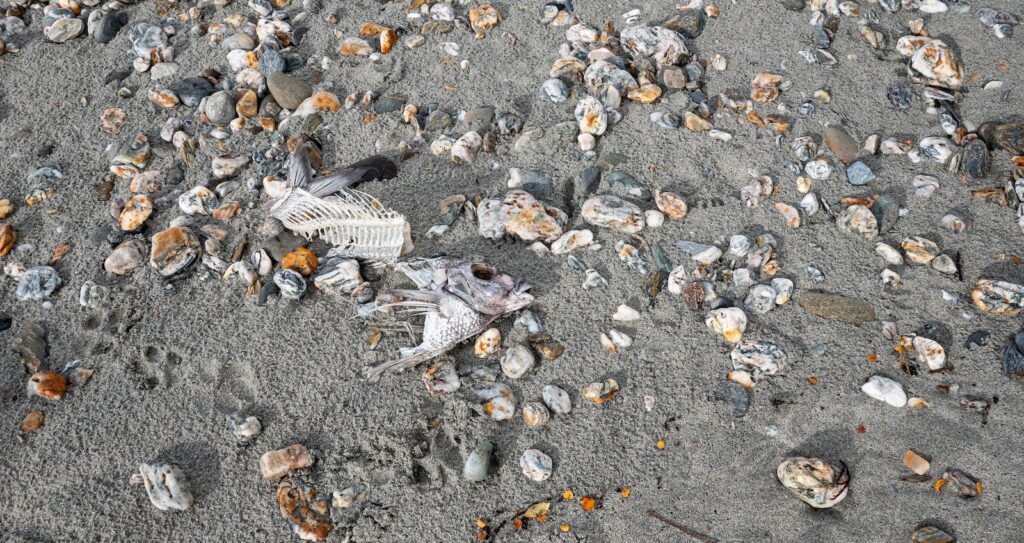
Antlers, hooves, and bony bones are usually handed to dogs by their owners who believe that chewing them is a natural behavior for dogs because of their wolfen ancestors. But, when domestic pets chew on bones into smaller pieces, they may end up swallowed by accident. In this case, the bone may be entangled within the intestines.
Antlers, hooves, or bones may also break and cause fragments to be that are stuck in the mouth throat, or in intestines which need an urgent appointment to get them out. In addition, they cause damage to the enamel of teeth, leading to dental fractures and broken teeth, and gum infections. 1..
5. Water Bottles
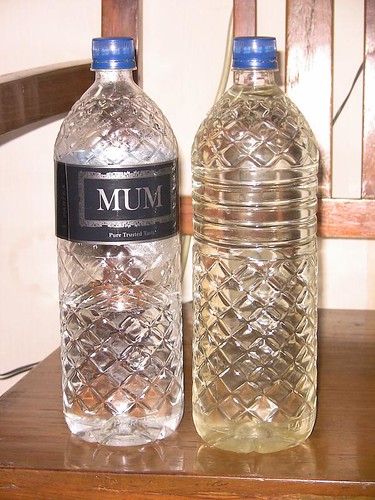
Dogs love chewing on water bottles. However, water bottles aren’t suitable to chew on. The cap on the bottle could fall off and the dog could take it in. Additionally, dogs may cut off pieces of plastic, which can result in rough, sharp edges. Your dog could attempt to swallow these sharp pieces, and/or cut their gums while chewing on the revealed rough edges.
6. Rawhide or Beefhide
Although beef hide and rawhide are meant to be chewed on, when they become too wet, you need to eliminate them as per Dr. Fiona Caldwell, a veterinarian at the Idaho Veterinary Hospital. She says it’s not recommended for dogs to consume rawhide or consume them in a hurry as they can result in broken teeth, nausea, and stomach and GI issues. In certain instances, they may also trigger chokes. 2..
Therefore, if the dog you have is a soft chewer who will simply chew on the rawhide then let them do it until the rawhide becomes damp. If you are concerned that your dog might try to consume them or swallow them whole or simply take them in You should stay clear of them.
7. Tennis Balls
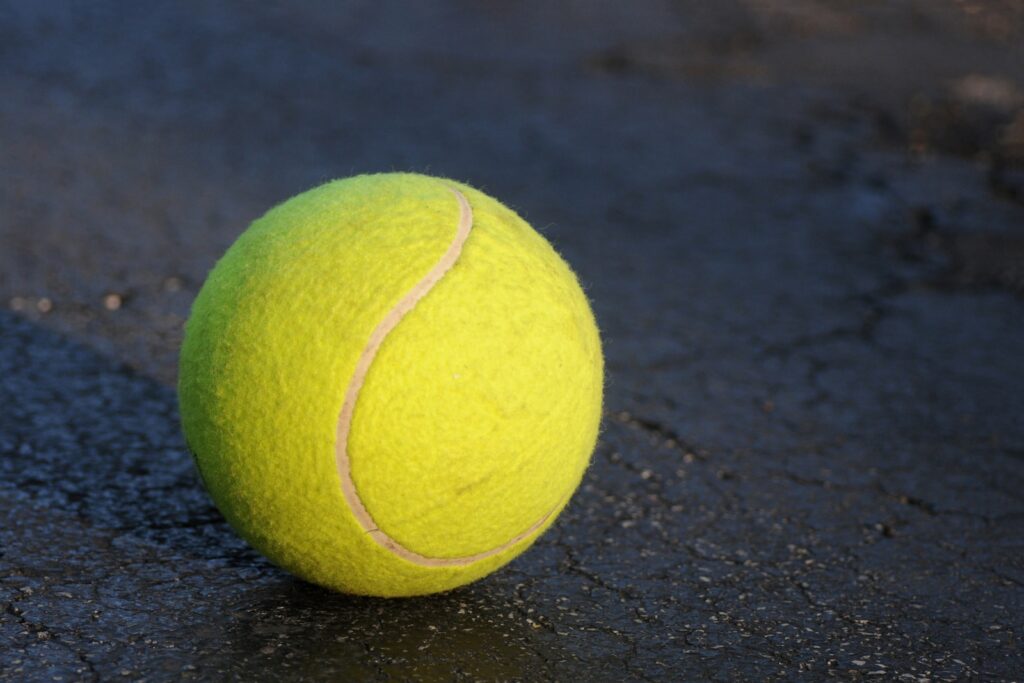
Tennis balls can appear attractive, soft, and generally harmless however they carry numerous safety risks for your dog. Fuzz acts like sandpaper on your dog’s teeth enamel, crushing it into a slurry and away. If swallowed, the fuzz could cause blockages in the intestinal tract.
The balls also are coated with dye and other unknown chemicals that could be detrimental to your pet’s health. The main reason tennis balls are dangerous is the fact that your dog could break them up into pieces and swallow them and causing choking danger and possible obstruction of the intestinal tract.
8. Hard objects
There’s a wide variety of objects that your dog could be able to find and chew, ranging from walnut shells made of black walnut and compressed plastic and golf balls. Chewing on anything too difficult can cause dental problems such as broken, fractured, or chipped teeth as well as gums that are bleeding or infected. If you observe your dog chewing something extremely difficult, it’s best to remove it. This is especially true when the item isn’t large enough for them to chew on.
Safe Chew Toys and Treats for Dogs
Also, while sticks or bones and rawhides aren’t available, there’s also an array of chew toys that have been examined to ensure security. There are usually safe chewing products in your veterinarian’s office or at pet supply stores.
In general, you should follow these guidelines when picking items for your dog to chew:
- Make sure that chewing products don’t cause blockages if consumed
- Toys must be big enough that your dog is unable to swallow them. If they chew the toy into small pieces that they can swallow then throw the toy away.
- Chewing food items shouldn’t cause splinters.
- The chewing toys should be flexible and should not be rock-hard.
- As often as you can, provide chewing toys that help maintain healthy gums and help reduce tartar.
Chewing Emergency
If your dog is injured due to chewing or taking a bite of something they were chewing contact your veterinarian right now. The vet will ask questions regarding your dog’s health and behavior and guide you through the next steps. Blockages and intestinal issues are among the most frequent reasons for a hospital visit and are one of the most costly.


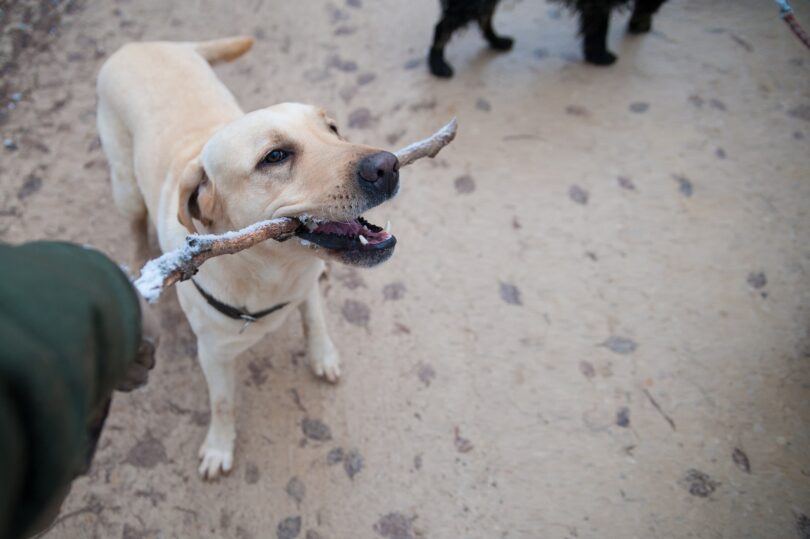

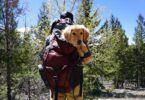
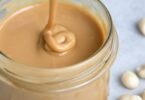
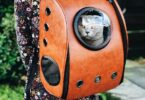


Leave a Comment